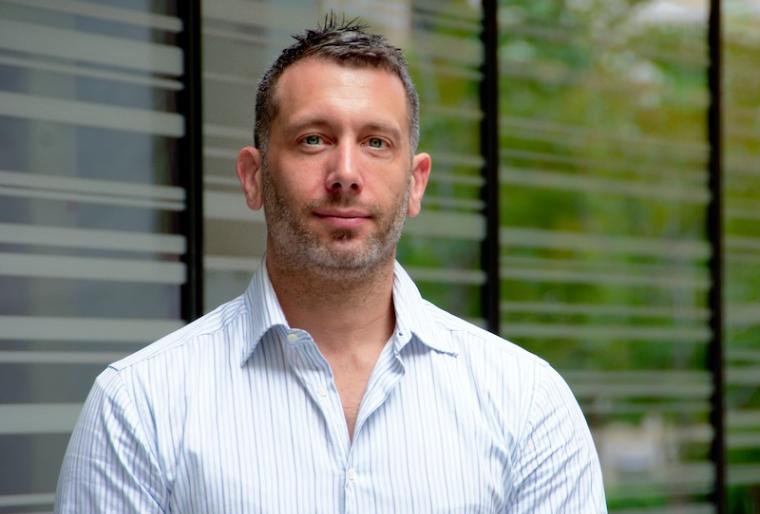Researchers at Sydney University and quantum control startup Q-CTRL have detailed a new way to identify sources of error in quantum computers using machine learning techniques which they say will accelerate the paths to development of useful quantum computers.
The researchers describe in a joint scientific paper a way to give hardware developers the ability to pinpoint performance degradation with unprecedented accuracy.
The paper is titled ‘Quantum Oscillator Noise Spectroscopy via Displaced Cat States,’ has been published in the Physical Review Letters, the world’s premier physical science research journal and flagship publication of the American Physical Society (APS Physics).
The technique described in the paper focused on reducing errors caused by environmental “noise” — the Achilles’ heel of quantum computing.

The University of Sydney team developed a way to detect the tiniest deviations from the precise conditions needed to execute quantum algorithms using trapped ion and superconducting quantum computing hardware.
These are the core technologies used by world-leading industrial quantum computing efforts at IBM, Google, Honeywell, IonQ, and others.
To pinpoint the source of the measured deviations, Q-CTRL scientists developed a new way to process the measurement results using custom machine-learning algorithms.
In combination with Q-CTRL’s existing quantum control techniques, the researchers were also able to minimize the impact of background interference in the process. This allowed easy discrimination between “real” noise sources that could be fixed and phantom artefacts of the measurements themselves.
Q-CTRL chief executive and Sydney University professor Michael Biercuk said, “The ability to identify and suppress sources of performance degradation in quantum hardware is critical to both basic research and industrial efforts building quantum sensors and quantum computers.
“Quantum control, augmented by machine learning, has shown a pathway to make these systems practically useful and dramatically accelerate R&D timelines,” he said.
“The published results in a prestigious, peer-reviewed journal validate the benefit of ongoing cooperation between foundational scientific research in a university laboratory and deep-tech startups.”
Dr. Cornelius Hempel of ETH Zurich who conducted the research while at the University of Sydney said that combining cutting-edge experimental techniques with machine learning had demonstrated huge advantages in the development of quantum computers.
“The Q-CTRL team was able to rapidly develop a professionally engineered machine learning solution that allowed us to make sense of our data and provide a new way to ‘see’ the problems in the hardware and address them,” Dr Hempel said.
Do you know more? Contact James Riley via Email.

